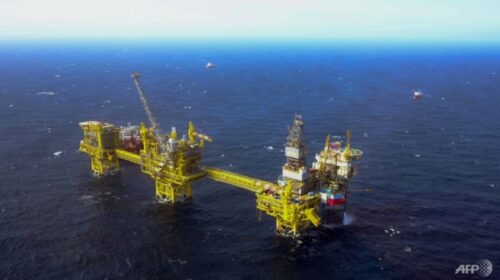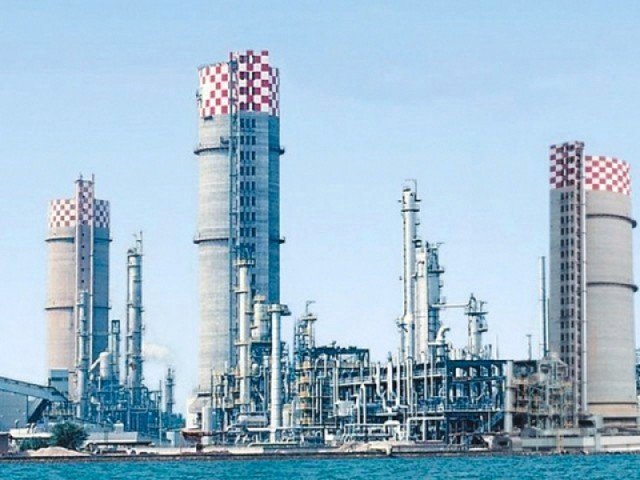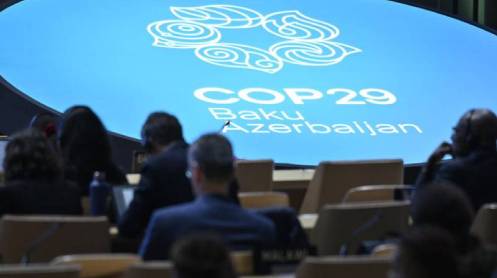China said this weekend it had recently set two world records in deep-sea energy exploration with its domestically developed technology as the world’s largest crude oil importer looks to boost its energy security by developing resources at home. China National Petroleum Corporation (CNPC) said on Saturday that it had set two world records in “sea land directional drilling crossing” and “deep-sea trench behind the channel,” according to a Chinese media report.
A multi-functional modular seabed trencher developed in China has completed the laying of the first offshore pipeline project in Bangladesh at a depth of 11 meters (36 feet), more than double the typical depth of offshore pipelines, China says.
The country has been looking to boost its domestic oil and gas production and resource discovery in recent years, as part of an official government policy to increase energy security amid volatile international energy prices.
This year’s geopolitical events, with oil prices soaring to more than $100 a barrel for the first time since 2014 following the Russian invasion of Ukraine, made China’s domestic energy development even more important.
“To enhance China’s capacity for resource production and supply, we will step up petroleum, natural gas and mineral exploration and development, improve the national strategic goods reserve system, and ensure the supply of primary products,” Chinese Premier Li Keqiang said in March 2022 at the National People’s Congress.
A few days earlier, the National Development and Reform Commission (NDRC) of China said that the upward price pressure on energy and agricultural commodities “poses a new challenge to ensure domestic supply and price stability.”
NDRC, which is China’s planning body, said in early March that the country would raise coal production and reserves, develop “major petroleum reserve projects,” and increase petroleum reserves, too.
Related: Putin: Russia Won’t Shut Down Oil Wells
As a result, China’s biggest state-owned oil and gas companies have started boosting development efforts and are pledging the highest combined capital expenditure for 2022 since 2014, the last time oil traded at above $100 a barrel.
The three largest Chinese oil firms—PetroChina, Sinopec, and CNOOC—expect to raise their collective 2022 capital expenditures by 4.6 percent year over year, to at least $79 billion (530 billion Chinese yuan), according to data from company filings compiled by Bloomberg. Individually, the planned capex for PetroChina and Sinopec this year are second and third in the world in terms of U.S. dollars, behind only the capex plan for 2022 of Saudi Arabia’s oil giant Aramco, the data showed.
The capex boost comes as China prioritizes energy security amid soaring energy commodity prices and geopolitical turmoil on the global markets.
China Petroleum & Chemical Corporation (Sinopec) announced that its 2022 spending would be the highest in the corporation’s history. Sinopec guided for a capital spending of $29 billion (198 billion yuan) this year. This would be an 18-percent increase compared to 2021 and higher than the previous record capex from 2013.
PetroChina, for its part, plans a lower overall capex this year, but a boost to spending on exploration and production, to develop more resources domestically, including in shale oil and gas formations.
In the first quarter of 2022, PetroChina’s domestic oil and gas production rose by 4.5 percent compared to the same period last year.
CNOOC, the biggest offshore oil and gas producer of China, said in April its Q1 2022 capital expenditure increased by 5.6 percent year over year.
In the global market turmoil brought about by the Russian invasion of Ukraine, China is prioritizing energy security to all other goals, including pledges to reduce emissions.
In the short term, China will continue to maximize the use of coal as it caters to its energy security, Chinese President Xi Jinping said in March.
The energy transition is a long process and China cannot just “slam the brakes” on coal, Xi noted.





